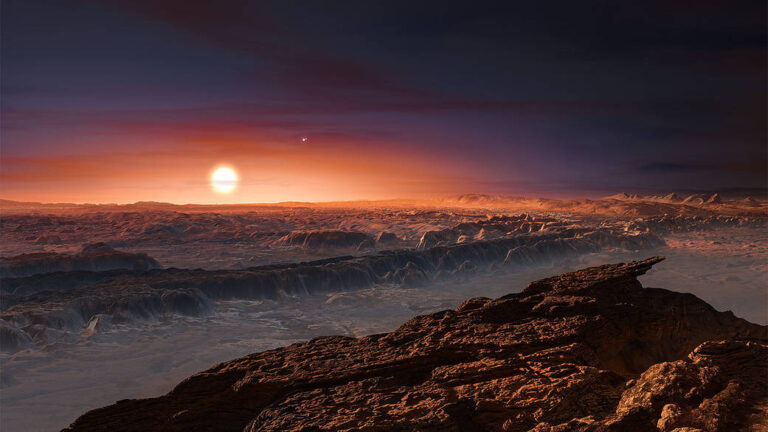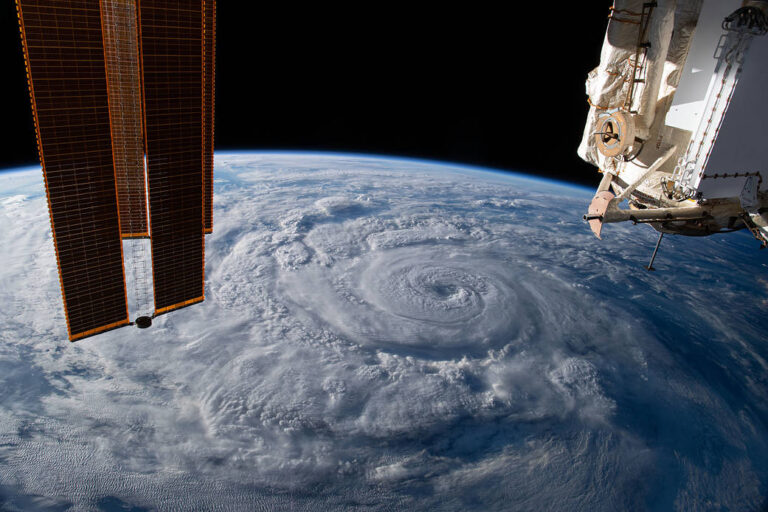火星双子峰
NASA’s Mars Pathfinder mission landed on the Red Planet on July 4, 1997. It’s tiny rover, named Sojourner after a…


Skylab 4 Commander Gerald P. Carr is fully suited as he prepares to enter spacecraft 118 (the Skylab 4 vehicle) at the start …

As the International Space Station orbited more than 200 miles above our home planet, the crew caught this glimpse of the sun…

While appearing as a delicate and light veil draped across the sky, this image from the NASA/ESA Hubble Space Telescope actua…

In this large celestial mosaic taken by NASA’s Spitzer Space Telescope and published in 2019, there’s a lot to se…

What does this Fermi Gamma-ray Space Telescope Spirograph have in common with Women’s Equality Day? The Fermi mission i…

Discovered in 2016, a roughly Earth-sized planet orbiting our nearest neighboring star might be habitable, according to astro…

In this image, one of the radiation detectors for the Radi-N2 experiment floats in the space station. This device will help r…

This image from the NASA/ESA Hubble Space Telescope features the spectacular galaxy NGC 2442, nicknamed the Meathook galaxy o…

The crew aboard the International Space Station spotted Hurricane Genevieve off Mexico’s Pacific coast on Aug. 19, 2020…